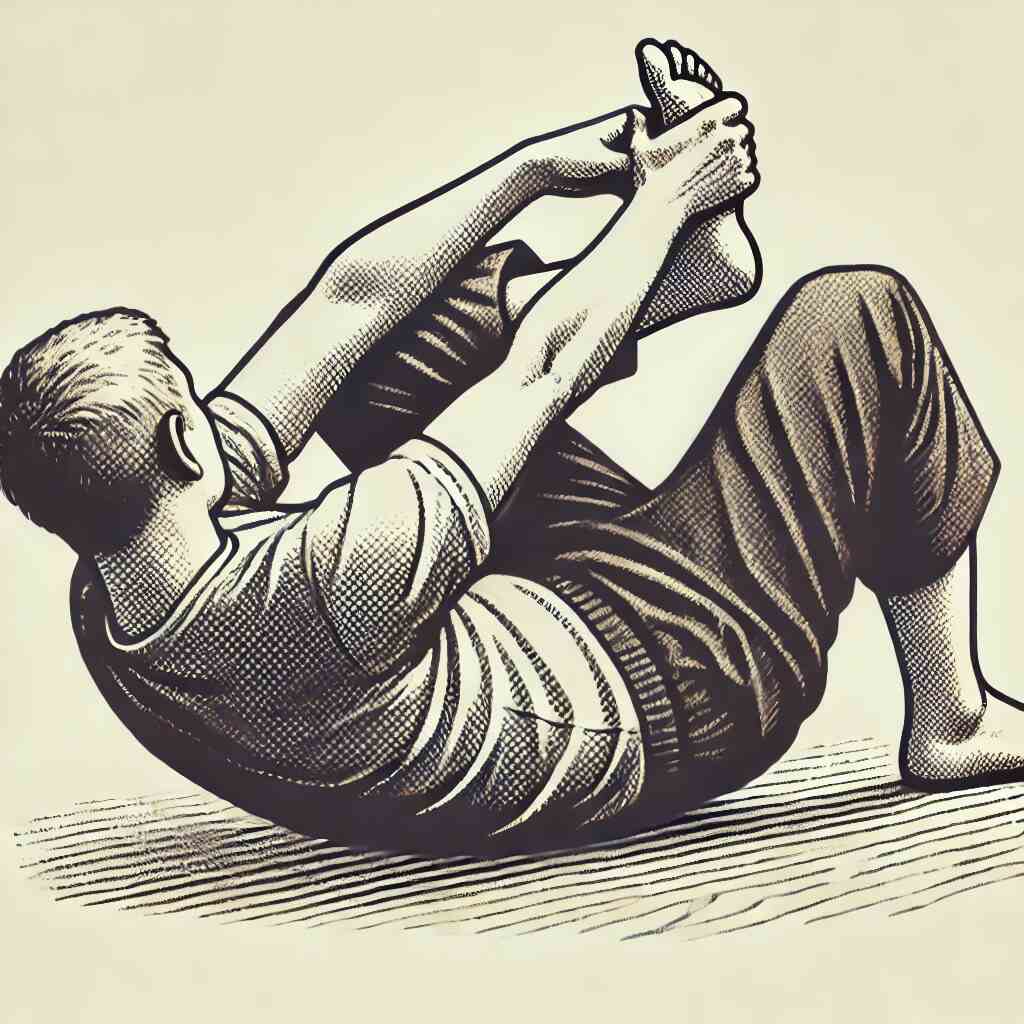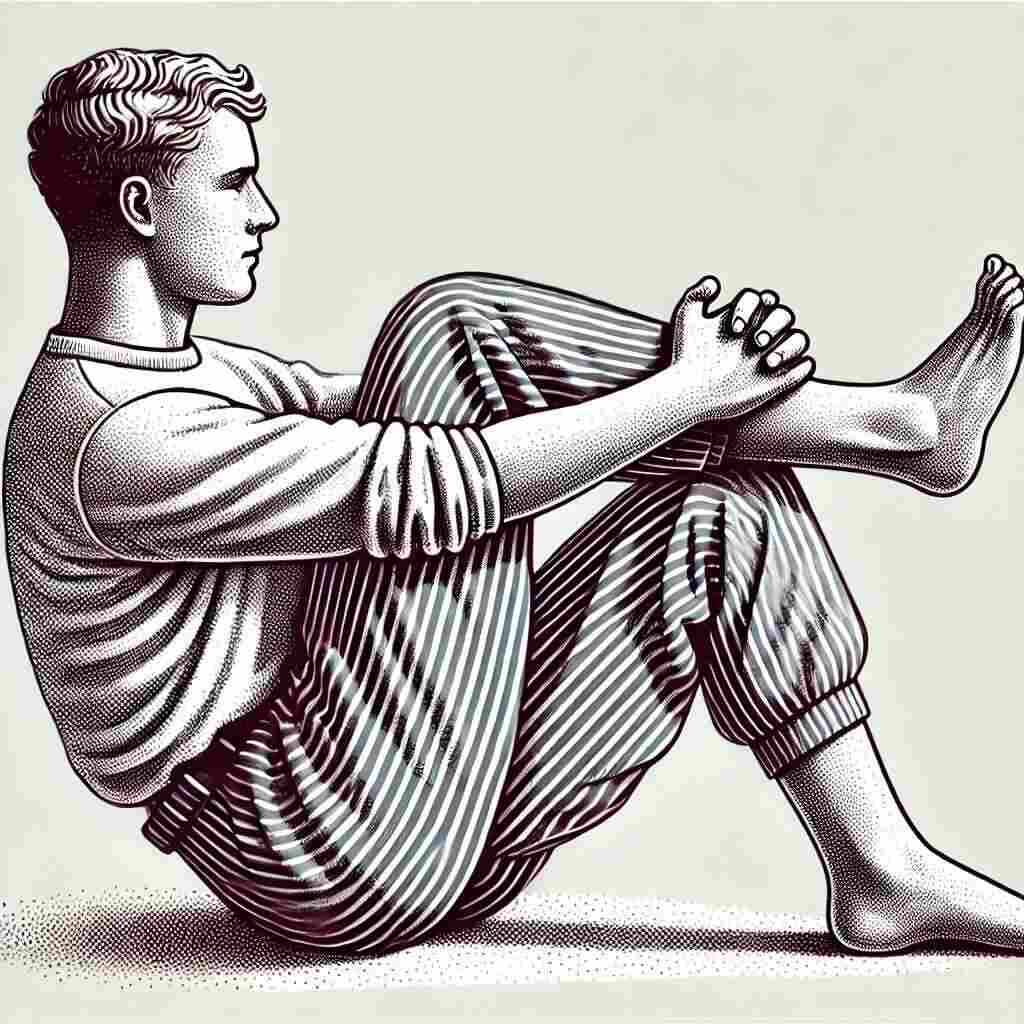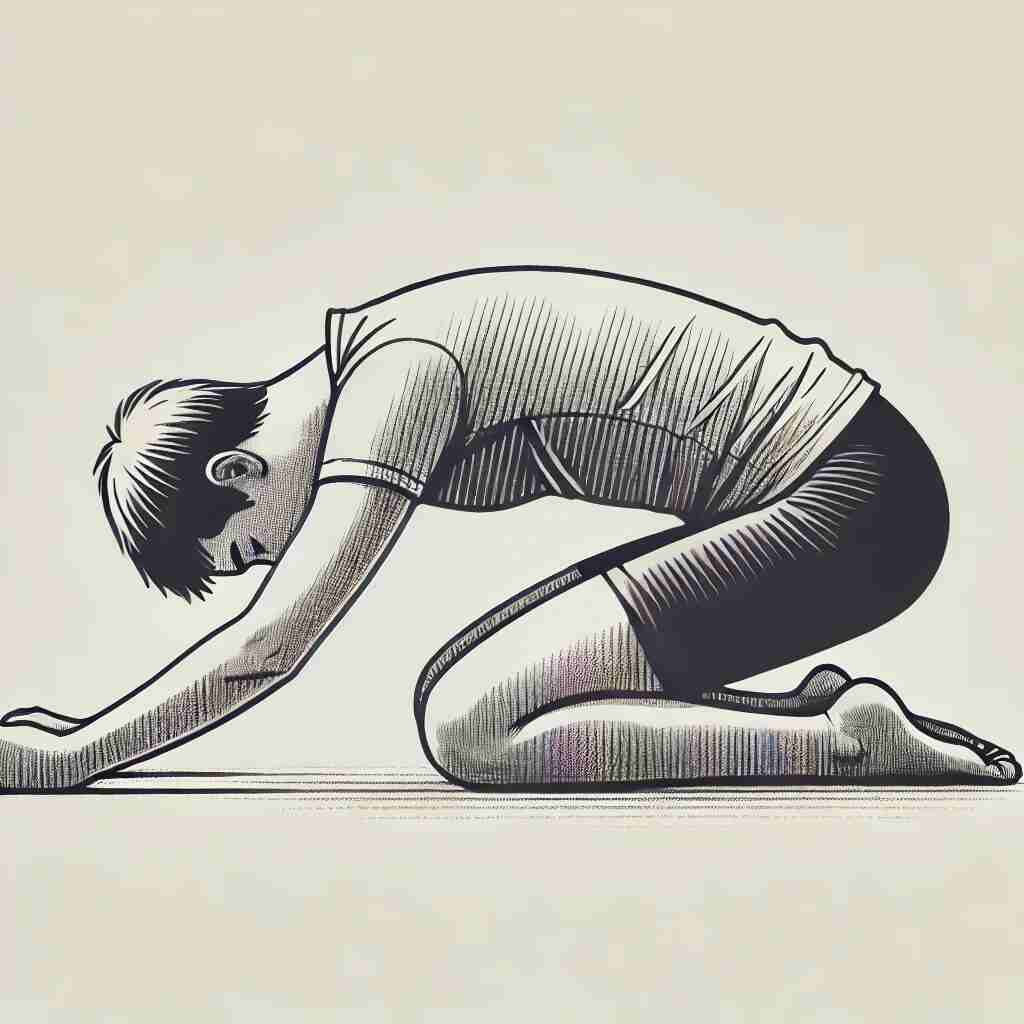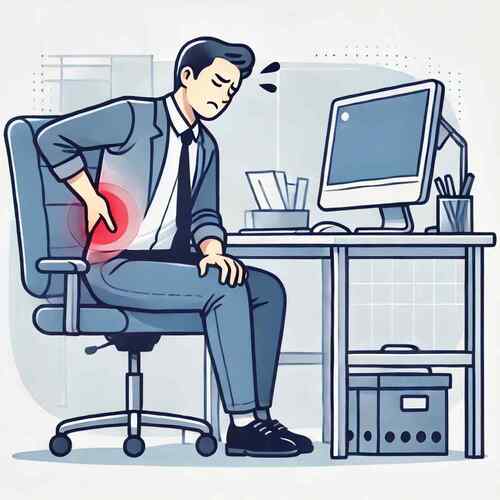Living with sciatica or chronic lower back pain can be a daily challenge, especially when you’re trying to find the right sitting position for lower back pain relief. The discomfort, often radiating from your lower back down through your legs, can make even the simplest tasks feel unbearable. But the good news is that there are effective ways to manage and even alleviate these symptoms. This guide will walk you through understanding sciatica, provide you with sciatica exercises pdf, and help you find ergonomic solutions that can make a real difference in your daily life.
What is Sciatica?
Sciatica is more than just a common term for back pain—it’s a condition that occurs when the sciatic nerve, the longest nerve in your body, becomes irritated or compressed. This can result from a herniated disc, bone spur, or even spinal stenosis. The pain can range from a mild ache to a sharp, burning sensation, and it often radiates from the lower back through the hips and down each leg.
If you’re experiencing persistent back pain, it’s important to understand the root cause. Sciatica isn’t just a random occurrence; it’s a sign that something more serious might be going on with your spine. For more detailed medical information about sciatica, including causes and symptoms, the Mayo Clinic offers a comprehensive overview that could be worth reading.
Effective Exercises for Sciatica Relief:
One of the most effective ways to manage sciatica and lower back pain is through regular exercise. Staying active helps to keep your muscles strong and flexible, which is key to preventing and alleviating nerve compression. Here are a few exercises that can provide relief:
1. Piriformis Stretch: The piriformis muscle, located in the buttocks, can sometimes irritate the sciatic nerve if it becomes too tight. Stretching this muscle can relieve tension and reduce pain.
- How to Do It: Lie on your back with both feet flat on the floor. Cross your right ankle over your left knee. Use your hands to pull your left thigh towards your chest. Hold the stretch for 30 seconds, then switch sides.

2. Seated Spinal Twist: This gentle twist helps relieve pressure on the sciatic nerve and promotes spinal flexibility.
- How to Do It: Sit on the floor with your legs extended. Cross your right foot over your left thigh, placing your right foot flat on the floor. Twist your torso to the right, placing your left elbow on the outside of your right knee. Hold for 30 seconds, then switch sides.

3. Child’s Pose: This yoga pose stretches the lower back and promotes relaxation, which can ease sciatica symptoms.
- How to Do It: Kneel on the floor, sit back on your heels, and extend your arms forward on the floor. Lower your chest toward your knees, resting your forehead on the ground. Hold for as long as you feel comfortable.

For a more comprehensive list of exercises and better visuals, I recommend downloading this sciatica exercises PDF from the Orthopedic Associates of Hartford. It’s a great resource that you can use to incorporate more stretches and strengthening exercises into your routine. Additionally, consider it as thoughtful gifts for people with back pain, providing them with practical ways to manage their discomfort.
Optimal Sitting Positions for Lower Back Pain:
While staying active is crucial, the way you sit throughout the day can also significantly impact your sciatica symptoms, particularly if you experience back pain from your office chair. Many people don’t realize how much time they spend sitting—at work, during commutes, or at home—and how that can exacerbate back pain.
Why Sitting Matters: Prolonged sitting, especially in a poor posture, can compress the discs in your lower spine, putting pressure on the sciatic nerve. This can worsen pain and prolong recovery time.
How to Sit Properly:
- Use a Chair with Good Lumbar Support: Ensure your chair supports the natural curve of your spine. If your chair doesn’t have built-in lumbar support, consider using a small cushion or a rolled-up towel.
- Keep Your Feet Flat: Place your feet flat on the floor, with your knees bent at a right angle. Avoid crossing your legs, as this can cause misalignment.
- Adjust Your Sitting Position Frequently: Avoid sitting in the same position for long periods. Stand up, stretch, or take a short walk every 30 minutes.
For those who spend long hours at a desk, investing in an ergonomic chair can make a world of difference. If you’re looking for recommendations, I’ve put together a list of the top 5 best desk chairs for sciatica. These chairs are specifically designed to support your lower back and reduce pain during extended periods of sitting.
Conclusion:
Managing sciatica and lower back pain requires a comprehensive approach—one that includes understanding the condition, staying active with the right exercises, and making ergonomic adjustments to your environment. By incorporating these strategies into your daily routine, you can significantly reduce pain and improve your quality of life.
Remember, while exercises and ergonomic solutions can be very effective, it’s important to consult with a healthcare provider if your pain persists or worsens. With the right tools and knowledge, you can take control of your back pain and live more comfortably.

